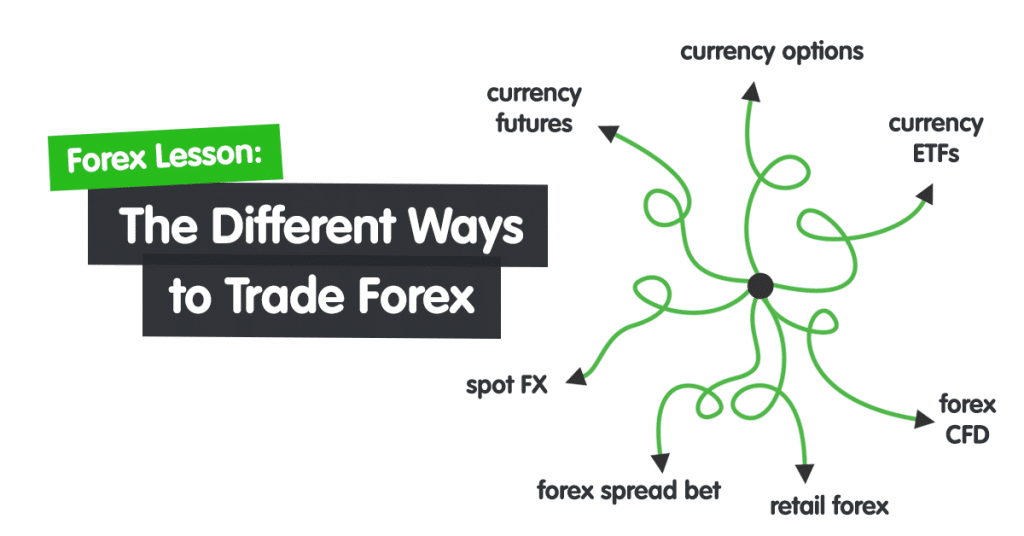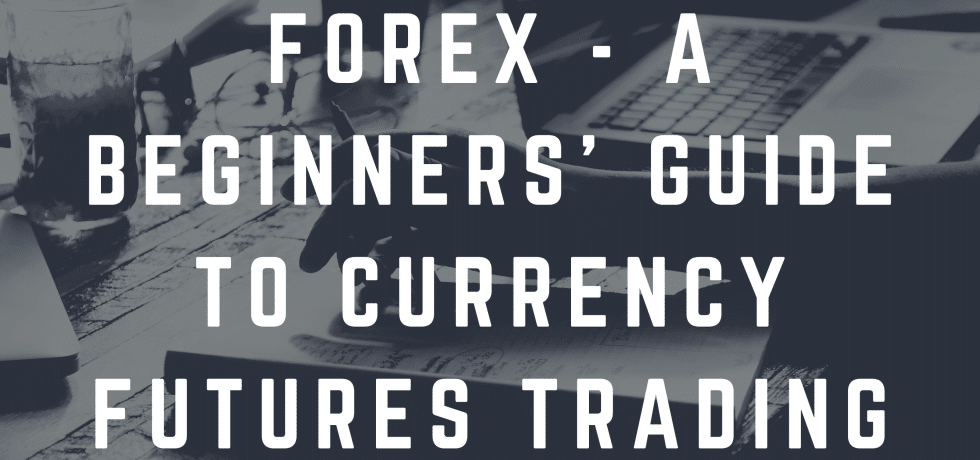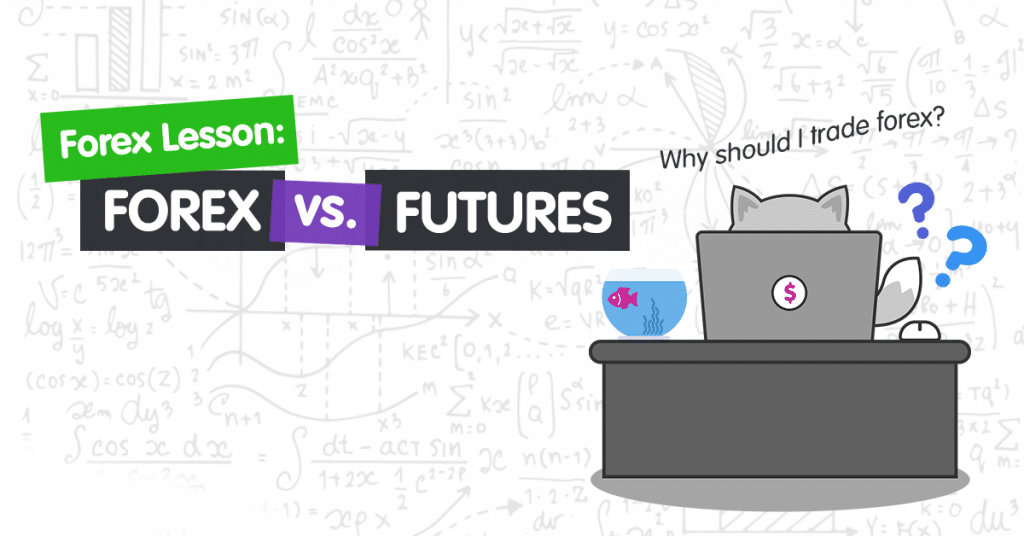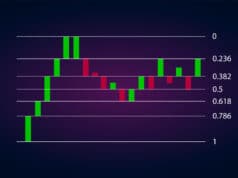The forex market comes with lots of instruments that people take advantage of and try to profit from as prices oscillate up and down. Contrary to perception, forex trading is not the only way that traders can profit from currency pairs. The currency futures marketplace is a subset of the $5 trillion marketplaces and one of the most traded ones.

Understanding currency futures
While futures are standard in most mainstream markets, they also find great use in the currency markets. Likewise, currency futures accord the right to buy one currency for another at an agreed price and date in the future.
Their value is based on the prevailing rate as traded in an exchange, as is the case with most instruments. The highly regulated and require any person holding them, on the expiration, to fulfill their obligation in making currency delivery.
Unlike in the $6 trillion marketplaces, whereby brokers offer platforms to bet on Fiat price swings, these instruments trade-in in reputable exchanges. These providers are tasked with regulating the whole process of pricing. Likewise, they must ensure that buyers and sellers meet their obligation upon canceling or waiting for expiration.

Conversely, their price is always the same regardless of what the broker offers them. The Chicago Mercantile Group is at the heart of ensuring this is adhered to. The exchange offers 49 contracts in this case. Besides, brokers offering these instruments adhere to set rules of engagement.
Given their strong demand, they are part of a marketplace with a daily turnover of more than $100 billion. However, it is a small fraction of the $6 trillion daily turnovers registered in the zero-barrier $6 trillion forex market. Some of the contracts that elicit strong demand include the G10 contracts, the E-mini, and the E-micro.
Features
Currency futures come with unique features. For starters, they are entered between two people. In this case, the buyer assumes the responsibility of going along with the obligation of buying the contract at a predetermined price and date. On the other side of the transaction is a seller holding a short position with the promise of selling the same asset at the agreed date in the future.
Exchanges are required to list contract sizes as well as minimum price movement. They must also list the tick value. The requirements allow traders to make informed decisions regarding position sizing and to meet other account requirements.
The size of the contract must also be agreed upon between the two participants in the transactions. Also, participants are only allowed to hold a particular maximum number of contracts at any given time. This restriction averts the risk of speculators manipulating the market.
Margin, in this case, is the deposited amount that one must have to transact a given contract, while the maintenance margin is the amount of money that one must have in their account to maintain a position. Whenever the margin drops below the required amount, the same is referred to as variation margin.
Example
Consider a euro futures contract X. A trader buying the contract at 1.30 times means they have agreed to buy euros at 1.30 U.S dollars. In this case, they will have to buy 125,000 euros at $1.30. Each currency futures contract in the CME is 125,000 euros.
As a trader buys the euros, the seller on the other side of the transaction will have to deliver the euros to receive the U.S dollars.
Being legally binding tradable instruments, holders must settle the agreed obligation upon expiry or cancelation. In this case, holders are required to deliver the agreed currency amount as per the agreed expiry date.
However, there is usually no obligation to hold the instruments until expiry. There is a leeway to cancel before expiry. It is the reason why most people cancel their obligations to settle the contracts before expiry.
By canceling, people make or lose money depending on the contracts’ final price and the price when they were triggered. The daily loss or gain registered is usually the difference between the entry price and the current futures contract multiplied by the contract unit.
The fact that those securities are traded in exchanges means people must have a sufficient amount of capital in their account to cater for any margins and any losses that might come into play.
Spot currencies vs. currency futures vs. currency forwards
Currency futures differ from spot prices greatly. While spot prices are based on the prevailing market price, currency futures are based on buyers’ and sellers’ prices. In addition, spot currencies give rise to a $6 trillion marketplace. In contrast, futures are part of a $100 billion marketplace compared to the $6 trillion marketplaces for forex trading.

The low daily turnover stems from the fact that most people consider them highly complicated compared to just buying and selling currency pairs in the $6 trillion forex market. Barriers of entry into the futures market given that these instruments are some of the most regulated also explain the much lower number of traders involved, thus low daily turnover.
While spot prices are traded over the counter, the other instruments are exchange-traded and highly regulated. In addition, forex can be traded with high leverage as futures have limitations on the amount of leverage in use.
On the other hand, currency forwards differ in being traded over-the-counter and privately negotiated. Such contracts are designed to meet the needs of specific people and not the broader market.
Conclusion
Currency futures are mainstream instruments that accord people the right to buy fiat currencies at a price fixed today but in the future. However, there is usually no obligation to complete the transaction as one can terminate the agreement before expiry. Such instruments are commonly used to hedge against rampant fluctuations in exchange rates in the global scene.




